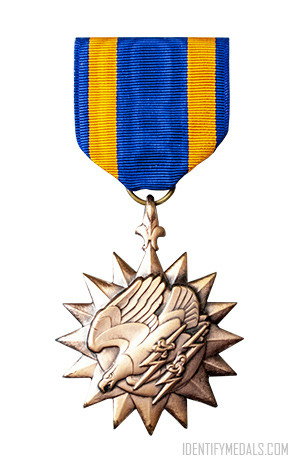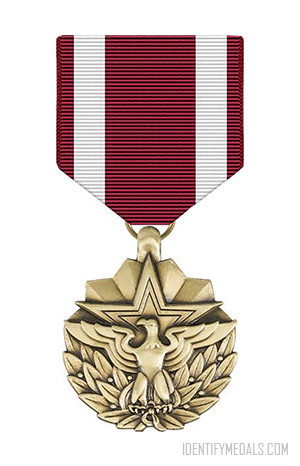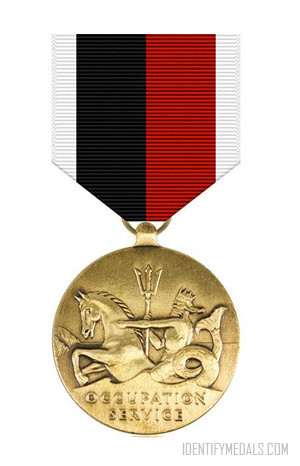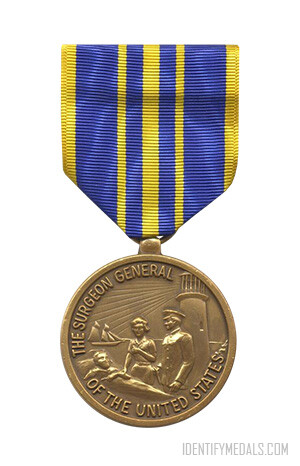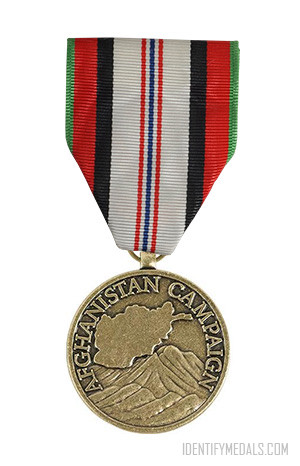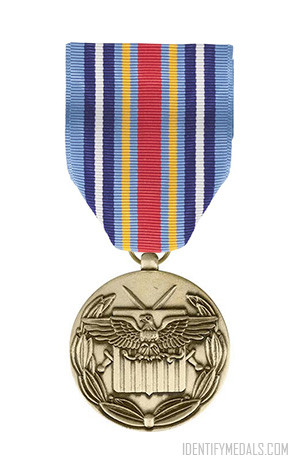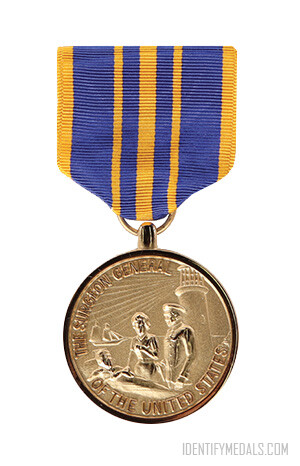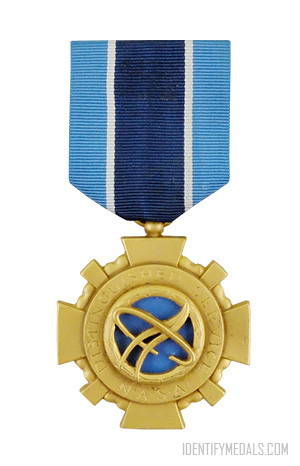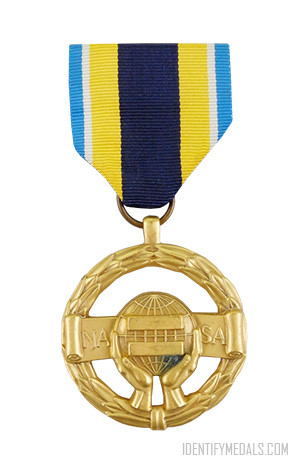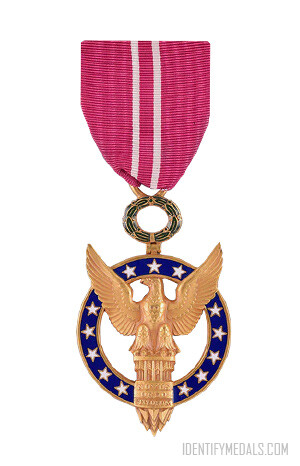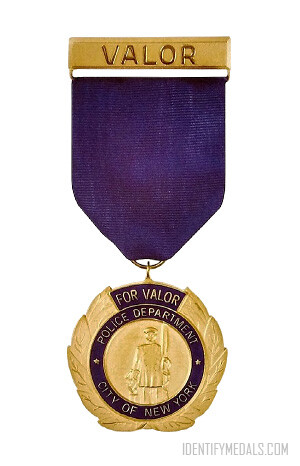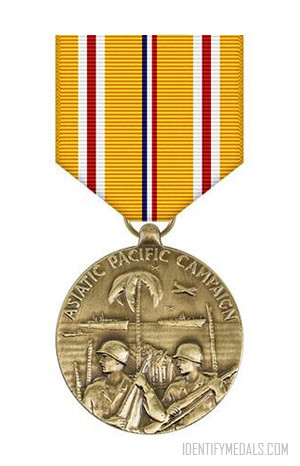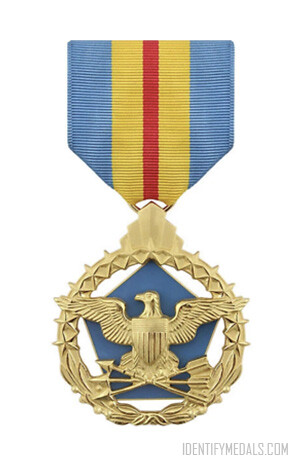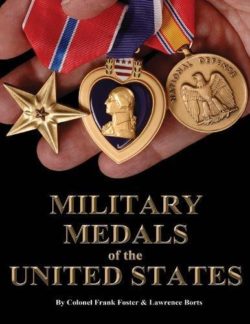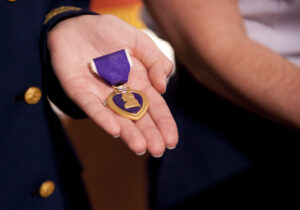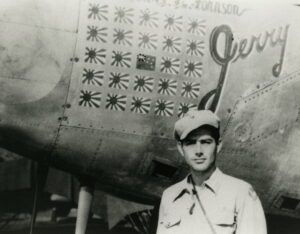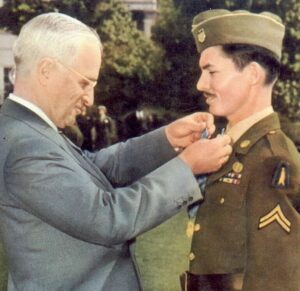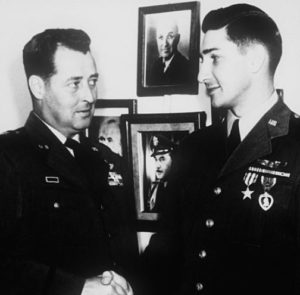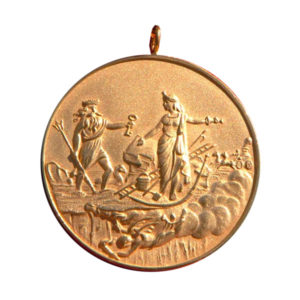- Time Period: Second World War
- Institution: 11 May 1942
- Country: United States
The Air Medal is a military decoration of the United States Armed Forces created in 1942 by Executive Order 9158, signed by Franklin D. Roosevelt. It is awarded for single acts of heroism or meritorious achievement while participating in aerial flight.
The Air Medal is awarded for a variety of accomplishments, including acts of heroism, successful completion of numerous combat missions, participation in aerial combat, or extraordinary performance of aviation duties. It recognizes the significant contributions and sacrifices made by aviators and aircrew members.
The U.S. Air Medal Criteria
The original award criteria set by an Army Policy Letter dated September 25, 1942 was for one award of the Air Medal:
- per each naval vessel or three enemy aircraft in flight confirmed destroyed. An entire aircrew would be credited for the destruction of a ship, but only the pilot or gunner responsible would be credited for destroying an enemy aircraft.
- per 25 operational flights during which exposure to enemy fire is expected.
- per 100 operational flights during which exposure to enemy fire is not expected.
These criteria were altered by the commanding generals of each numbered Air Force to fit the conditions of their theater of operations and to maintain morale.
The Distinguished Flying Cross would usually be awarded for roughly twice to five times the requirements of the Air Medal. This led to automatic “score card” awards of the Air Medal and Distinguished Flying Cross for completing a set number of operational missions rather than distinguished service, meritorious action, or bravery, as had been intended. On August 5, 1943, such score card awards were officially abolished by a Headquarters Army Air Forces Awards Board memorandum due to the embarrassment when airmen received the Air Medal for “score carding” five missions or more but were later removed from flying duties for “lack of moral fibre“. Commanders could still issue the awards on those grounds, but the recipient must perform exceptional or meritorious service as well.
During World War II, the medal’s award criteria varied widely depending on the theater of operations, the aircraft flown, and the missions accomplished. The Army may award the Air Medal for peacetime service, but approval authority is by general-grade officers at the group or brigade level or higher.
The Air Medal Design
The Air Force medal design is prescribed by law. It was created by Walker Hancock, who had competed for the design as a civilian, but prior to the award of the competition had been inducted into the army.
The Air Medal is a Bronze compass rose 111⁄16 inches circumscribing diameter and charged with an eagle volant carrying two lightning flashes in its talons. A fleur-de-lis at the top point holds the suspension ring. The points of the compass rose on the reverse are modeled with the central portion plain for engraving the name of the recipient.
The ribbon is 13⁄8 inches wide and consists of the following stripes:
- 1⁄8 inch Ultramarine Blue 67118;
- ¼ inch Golden Orange 67109;
- center 5⁄8 inch Ultramarine Blue;
- ¼ inch Golden Orange; and
- 1⁄8 inch Ultramarine Blue.
Buy an Air Medal
Note: As an eBay partner, I earn from qualifying purchases. This is all done automatically when you use a link and at no extra cost to you.

